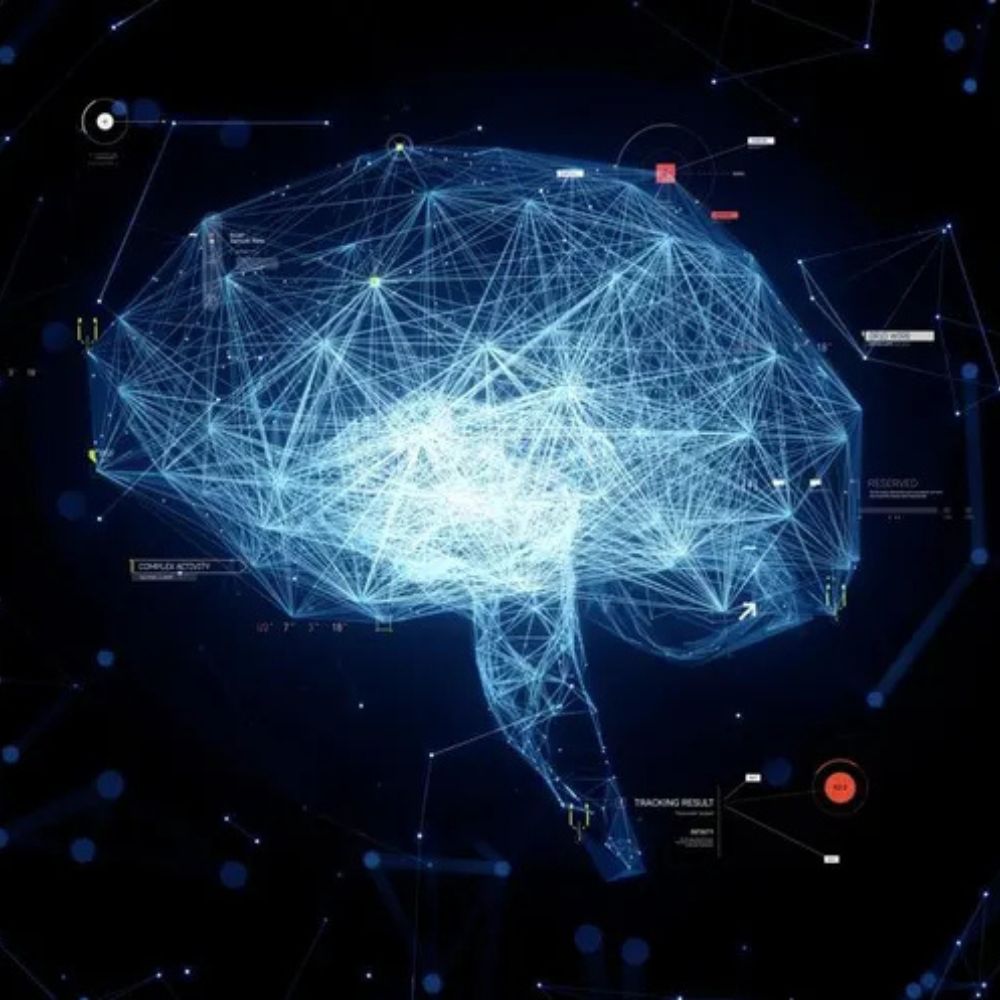Augmented memory: Using AR glasses and wearables to build a digital external brain
Introduction
Think about it: you will never forget someone’s name, a specific fact, or where you left your keys — not because your brain became more efficient, but because technology is now remembering for you. Between augmented reality glasses and smart wearables, we are beginning to enter an era when our memories extend beyond biology. All of these devices are slowly morphing into your external memory — recording experiences, reminders, and context in real time. This is no longer science fiction — we are beginning to embrace augmented memories, and soon, your “digital brain” could be the most intelligent entity in your circle.

An Overview of Memory Augmentation
Memory has had a delicate quality throughout history – we take notes, take random pictures and create notifications to remember what we feel is important. Historically, we have relied on technology as a silent partner to remember details and events in our lives. However, we will see that we are transitioning out of technology as a means of remembering events to technology that extends our memory. Envision your device not simply as a place to store data but as an entity that learns your habits and anticipates what you will need to form a memory – showing you that memory exactly at the time you need it. Our memory technologies have already changed significantly from early note-taking applications to having technology that we use to remember consistently sync across our devices. Soon, we will be entering a phase of Memory Augmentation where we are not just utilizing human memory, the technology will be functioning in a collaborative manner with memory. In many circumstances, we have already outsourced some of our short-term memory to technology is our memory augmentation. The next evolution is to define the process of outsourcing memory as non-intrusive, compatible, and integrated within the human experience.
AR Glasses as Cognitive Companions
Imagine that you enter a room, and the minute you step inside, your AR glasses provide you salient information about the people you have met before – their names, their last prompt to you, and even their coffee order. It sounds like something out of the future; however, this is precisely the outcome that augmented reality seeks to achieve. AR glasses are a new class of cognitive companions that turn memory into a moment. By overlaying digital information onto our physical surroundings, they help us to remember context that we would typically forget. Beyond assistive memory functions, it’s about focus – freeing your mind from trivial details of information, so when having a conversation, you can be present. Think of it less as listening to someone’s memory assistant, and more as a type of memory assistant whispering helpful memories, but not interrupting your interaction and flow of conversation. Advancement in these devices may alter how we define social interaction, learning, and create, allowing users to look up instead of their devices where all the information is in front of our eyes.

The Emergence of Wearable “Neural Assistants”
While augmented reality may serve a purpose of working within your field of view, wearables are about your internal world of feelings and thoughts. The next generation of neural wearables – primarily comprising EEG headsets and even biometric sensors – is oriented towards finding patterns within your moods, stress levels, and levels of attention. These products don’t just present data, they also incorporate heuristic mechanisms that provide small nudges or insights to provide information to live your life better. For example, your wristband suggests a short break when it detects cognitive fatigue or a delayed replay of the key insights from a meeting you forgot to take notes during. Think of it as a co-pilot for your brain, where it learns your rhythms and helps enhance your mental bandwidth. The intention is not to replace your human memory, but rather to augment it and create a dynamic blend of intuition and data. As these wearable and neural assistants become even more adaptive, they may shift our personal productivity and emotional awareness in ways we have yet to comprehend.
Ethics, Privacy, and What Lies Ahead for Digital Memory
No doubt, including your thoughts and life experiences as digital ‘memory’ poses a fundamental question — who owns your memories? Once our personal narrative exists in clouds and servers, privacy takes on a whole new meaning. The same technology that can help you recall experiences, could possibly track, sell, or be manipulated. Then there is an emotional aspect — what are the implications when a memory that is supposed to naturally diminish, becomes something that is permanently retrievable? As augmented memory develops, society will need to establish rules of engagement around consent, ownership of data, and a collective digital identity. We will need to establish what we are okay with sharing, and what is completely human. The balance between memory and morality will have implications for what we think, remember, and engage with in the future, because when we strive to remember everything, we may also have to defend the right to forget.
Conclusion
As technology keeps erasing the boundary between human and machine, augmented memory evolves from a futuristic fantasy to the next natural phase of what it means to be human. AR or wearable glasses are not merely gadgets. They are becoming extensions of how we think, remember, and interact with our environment. And while we are able to remember everything, we are also faced with the question of what we actually want to remember. The challenge of the future is less about making smarter technology and more about creating a humanistically-engaging future for memory.
